The Key to Healthy, Next-to-NO-COST Salads!
I attended a neighborhood gardening class last week, where our teacher opened her presentation by serving us a delicious fresh salad made with dandelion greens and flowers she picked from her yard.
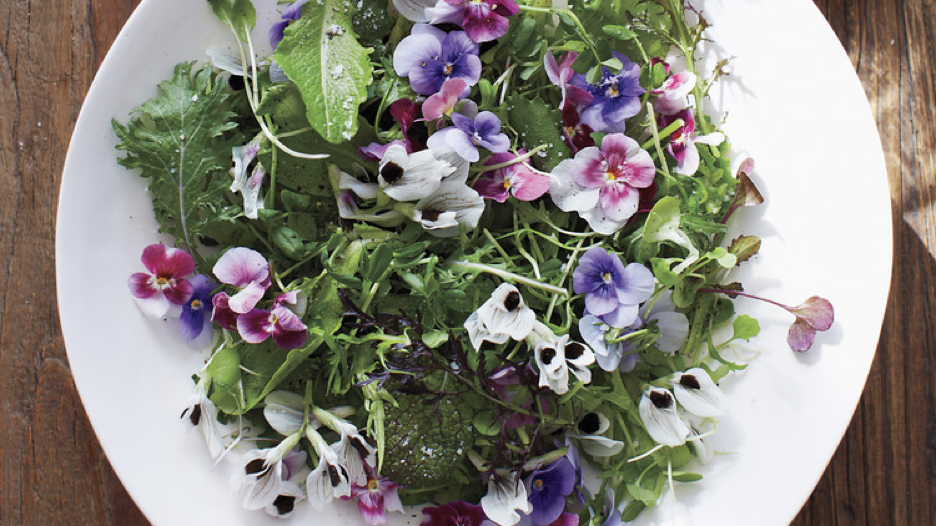
In opening her lesson, she said, “This salad is the WHY for learning to garden!” You can save money (it cost her next to nothing to make), you can protect your immune system (fresh plants are loaded with antioxidants and nutrients), and you can experience real satisfaction (she said it was pure pleasure creating such a tasty and beautiful dish that came straight from her property).
As I ate, it occurred to me that while we all know gardening is one obvious way we can deal with the rising cost of food today, maybe not everyone knows that even without an actual vegetable garden, it’s still possible to enjoy next-to-no-cost healthy salads.
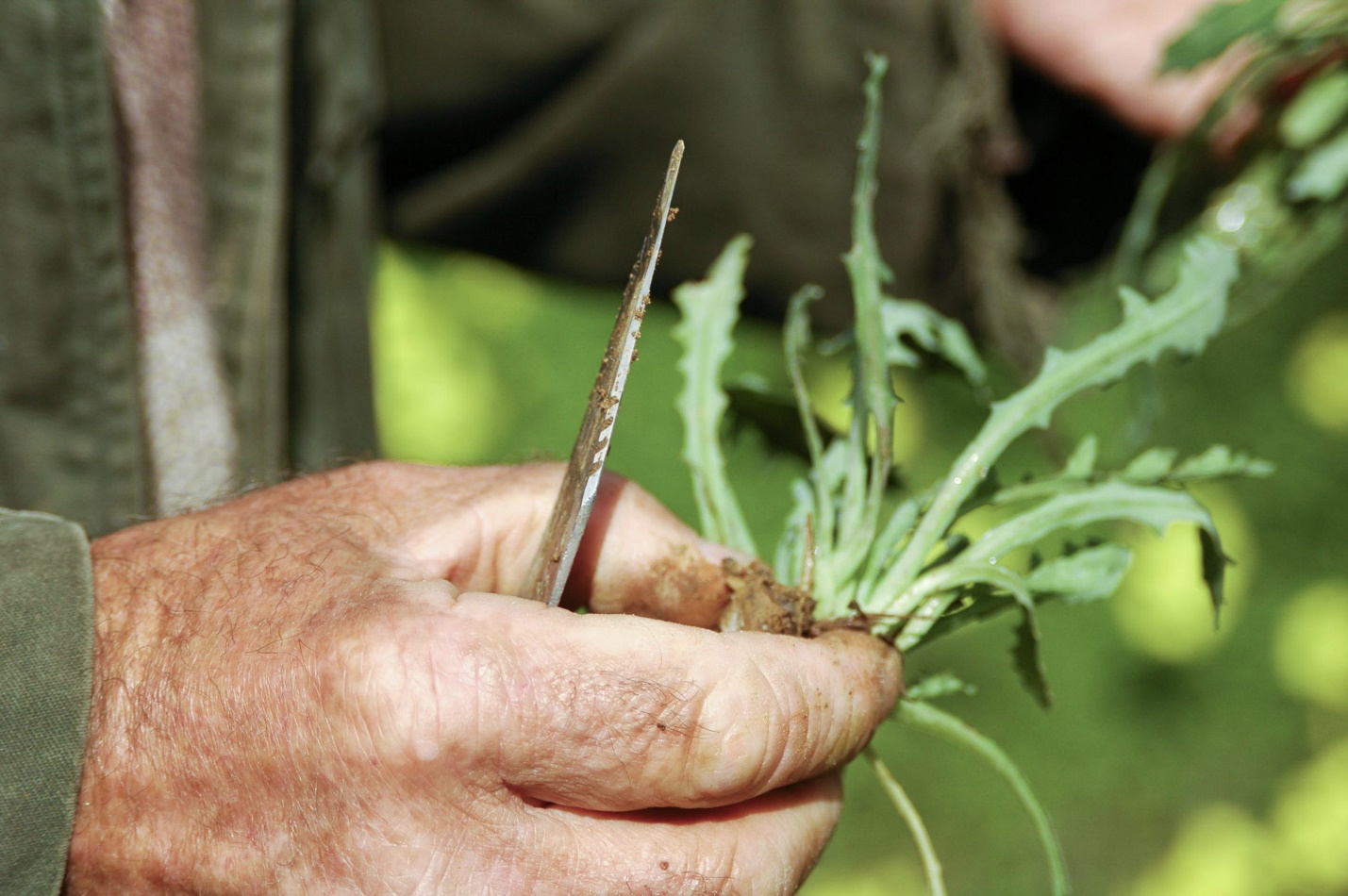
The key is knowing how to forage. Your yard, flower beds, and surrounding areas hold a wealth of tasty and nutritious, edible plants. Of course, it goes without saying that you also should NEVER use pesticides or other chemicals on any part of any plant that produces leaves or blossoms you plan to eat. NEVER harvest plants growing along a roadside. Identify the plant exactly and eat ONLY the edible parts of those plants.
And use foraged plants sparingly in your recipes due to the digestive complications that can occur with a large consumption rate.
This said, let’s start with edible weeds and wild greens. You might want to save some when doing your weekly weeding:
BURDOCK: roots
CHICKWEED: young shoots and tender tips of shoots
CHICORY: leaves and roots
CREEPING CHARLIE: leaves; often used in teas
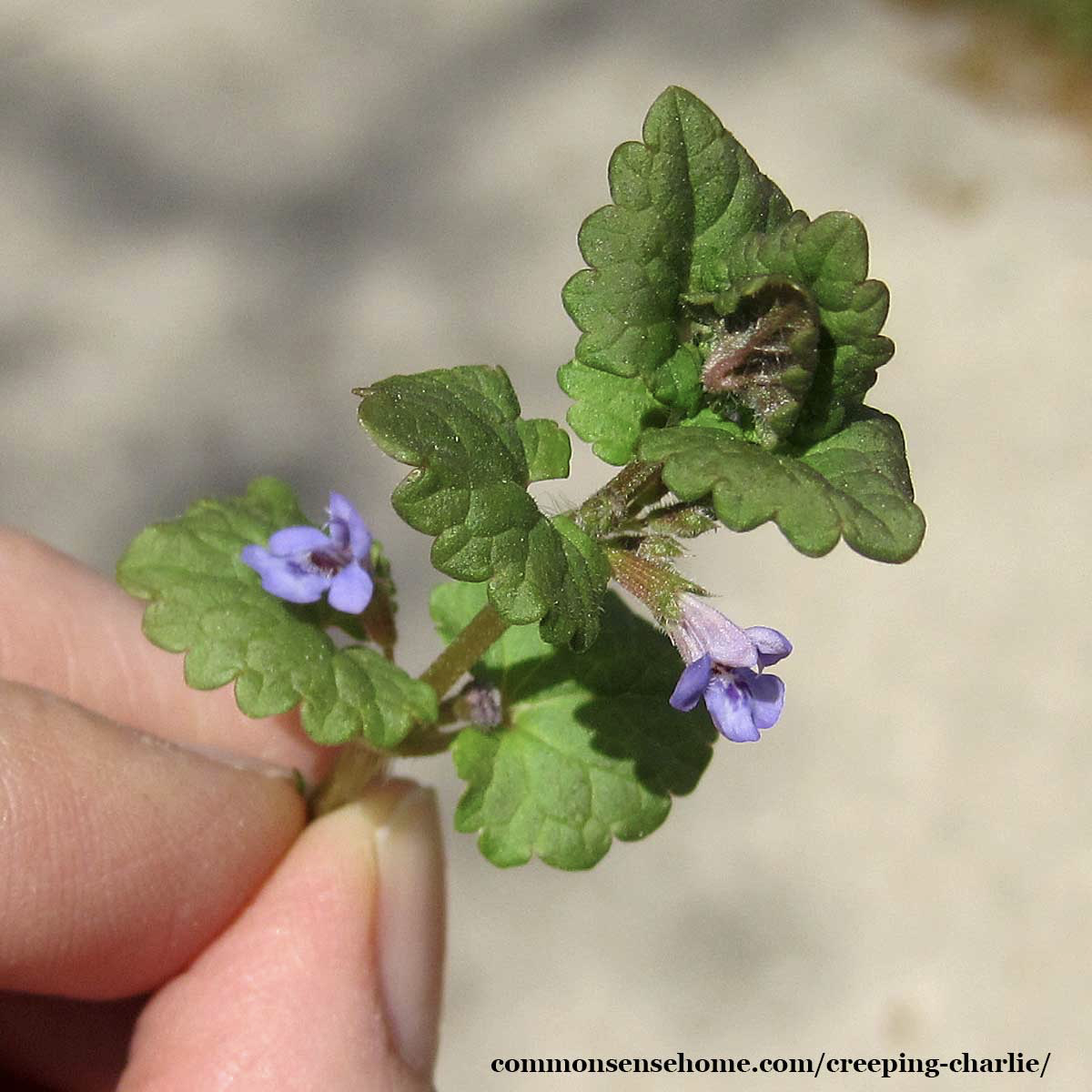
DANDELIONS: leaves, roots, and flowers
GARLIC MUSTARD: roots and young leaves
JAPANESE KNOTWEED: young shoots less than 8 inches and stems (do not eat mature leaves) LAMBSQUARTERS: leaves and stems
LITTLE BITTERCRESS or SHOTWEED: whole plant
NETTLES: young leaves (must be cooked thoroughly)
PIGWEED: leaves and seeds
PLANTAIN: leaves (remove stems) and seeds
PURSLANE: leaves, stems, and seeds
SHEEP’S SORREL: leaves
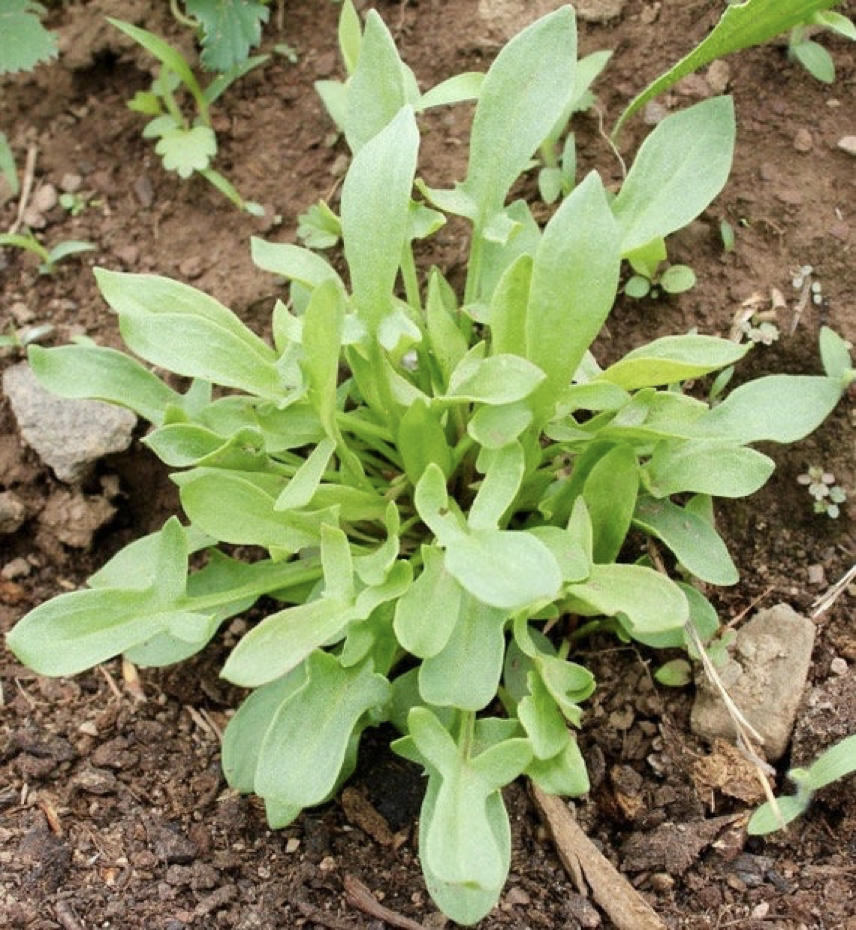
VIOLETS: young leaves and flowers
WILD GARLIC: leaves and roots
And then there are edible flowers to add to the mix. Most herb flowers have a taste that’s similar to the leaf, but spicier. For instance:
TUBEROUS BEGONIAS: leaves, flowers, and stems; blossoms have a citrus-sour taste; stems can be used in place of rhubarb; flowers and stems contain oxalic acid and should be avoided by anyone suffering from gout, kidney stones, or rheumatism.
CALENDULA: petals only; flavors range from spicy to bitter, tangy to peppery
CARNATIONS, also called DIANTHUS: petals; surprisingly sweet flavor
CHRYSANTHEMUMS: petals, young leaves; tangy, slightly bitter flavor or faint peppery to mild cauliflower
CLOVER: blossoms sweet, anise-like or licorice flavor
CORNFLOWER, also called BACHELOR’S BUTTON: blossoms; slightly sweet to spicy, clove-like flavor
DAME’S ROCKET also called SWEET ROCKET or DAME’S VIOLET: blossoms, leaves, seeds (when sprouted); fairly bitter taste
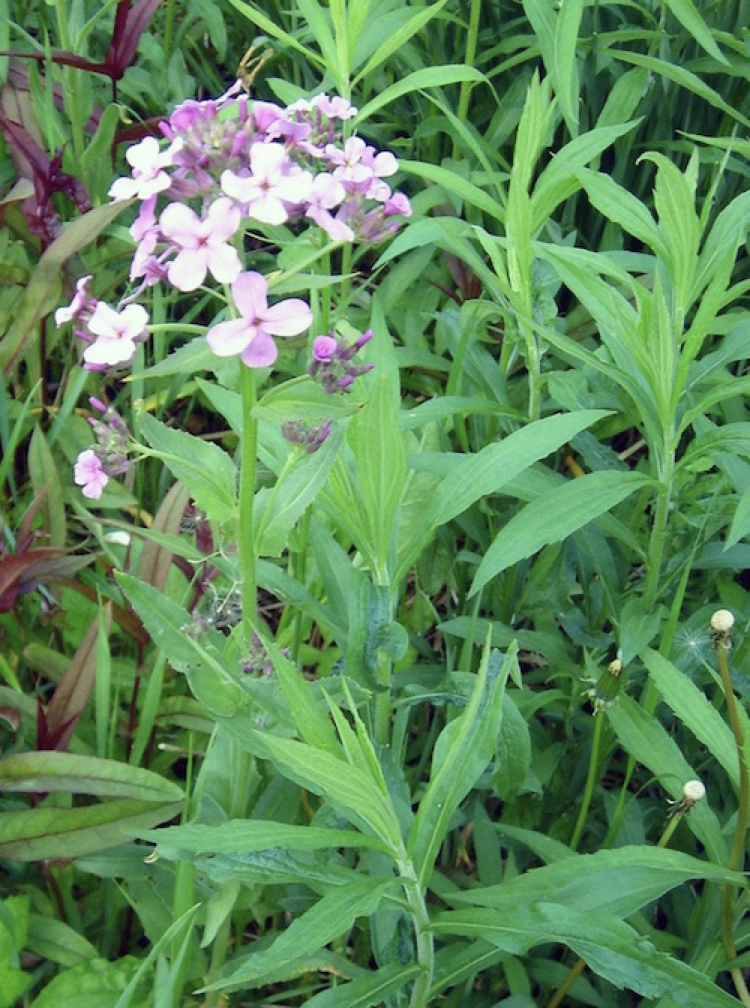
DANDELIONS: young blossoms; sweet, honey-like flavor
DAY LILIES: petals; slightly sweet with a mild vegetable flavor, like sweet lettuce or melon; note: day lilies may act as a diuretic or laxative; eat in moderation
ENGLISH DAISY: blossoms; a mildly bitter taste; commonly used as a garnish
FUCHSIA: blossoms and berries: a slightly acidic flavor
GARDEN SORREL: blossoms; a tart, lemony flavor
GLADIOLUS: blossoms (with anthers removed); nondescript flavor (vaguely like lettuce)
HIBISCUS: blossoms; cranberry-like flavor with citrus overtones
HOLLYHOCK: blossoms; very bland tasting flavor
HONEYSUCKLE: blossoms, NEVER the berries (they’re highly poisonous); sweet honey flavor
IMPATIENS: blossoms; a sweet flavor
JOHHNY JUMP-UPS: blossoms; mild wintergreen flavor
LILAC: blossoms; slightly bitter, distinct lemony taste with floral, pungent overtones
LINDEN: blossoms; honey-like flavor; NOTE: frequent consumption of linden flower tea can cause heart damage
MARIGOLD: blossoms; citrus flavor; can be used as a substitute for saffron
NASTURTIUMS: blossoms, leaves, seed pods (when pickled are a substitute for capers); peppery flavor
PANSY: blossoms; slightly sweet green or grassy flavor
PERRENIAL PHLOX (the high-growing variety, and not the annual): blossoms; slightly spicy taste
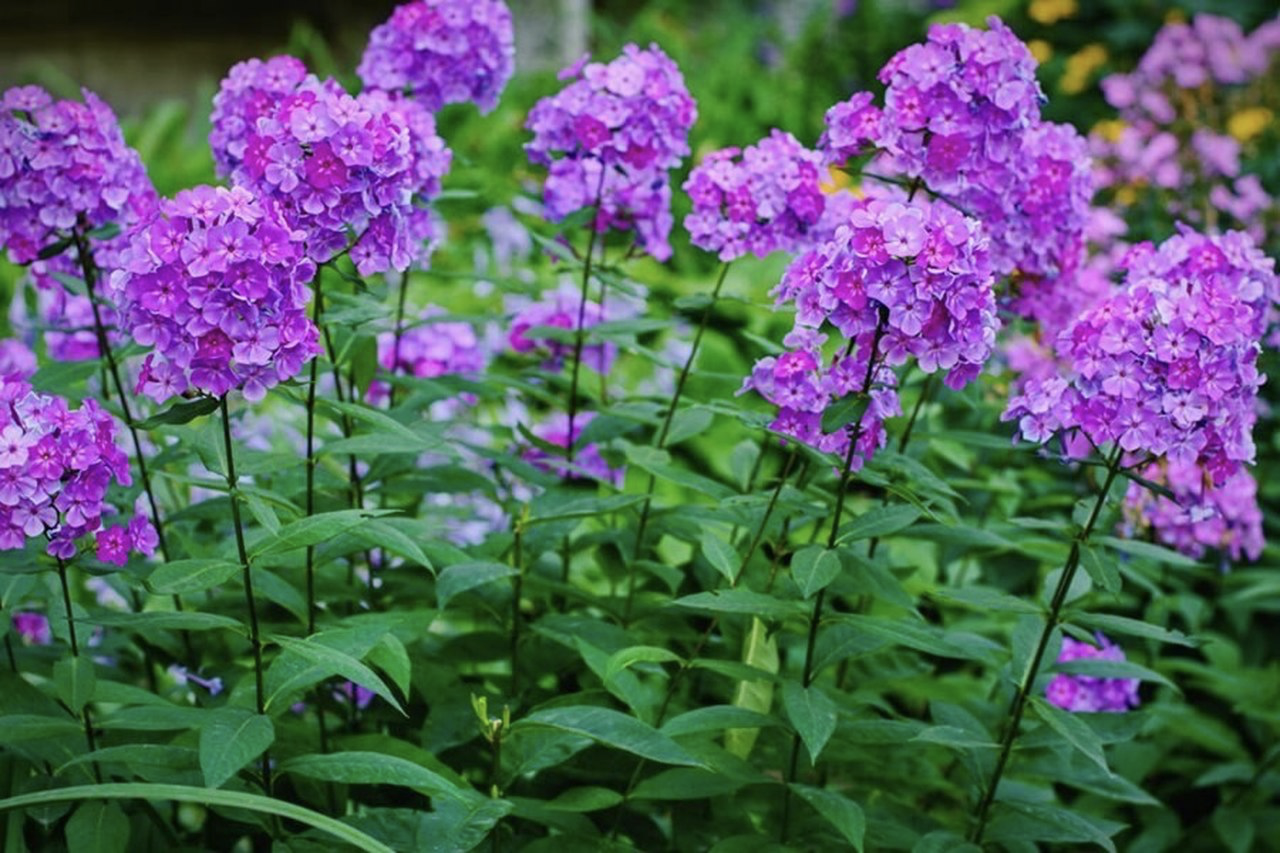
PRIMROSE: blossoms; sweet, but bland taste
ROSES: blossoms; flavors depend on type, color, and soil conditions; flavor reminiscent of strawberries and green apples
SCENTED GERANIUMS (except Citronelle variety): blossoms; flavor generally corresponds to the variety
SUNFLOWER: blossoms (best eaten in the bud stage); taste similar to artichokes
SWEET WOODRUFF: blossoms; flavor is sweet and grassy with a hint of nutty, vanilla flavor
TULIPS: petals; taste like sweet lettuce, fresh baby peas, or a cucumber-like texture and flavor.
VIOLETS: blossoms, heart-shaped leaves; blossoms have a sweet, perfumed flavor; leaves taste like spinach when steamed
YUCCA: petals; mildly sweet taste (a hint of artichoke)
Amazing, isn’t it, that so many common weeds and flowers are edible? Our salads can reach a whole new level no—and FREE for the taking! Finally, I’ll close with a DIY weed-be-gone made from a common pantry ingredient that can eliminate those pesky weeds between bricks, pavers, and from driveway cracks and crevices.
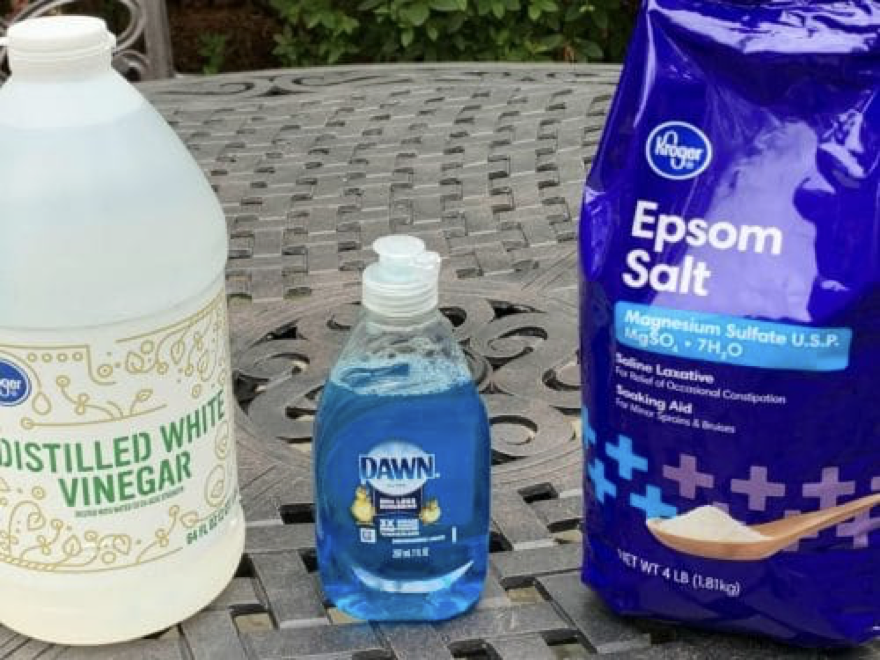

1 gallon white vinegar
2 cups epsom salts
1/4 cup blue Dawn detergent (original)
Directions:
Add Recipe to Cook'n
blog comments powered by Disqus

In opening her lesson, she said, “This salad is the WHY for learning to garden!” You can save money (it cost her next to nothing to make), you can protect your immune system (fresh plants are loaded with antioxidants and nutrients), and you can experience real satisfaction (she said it was pure pleasure creating such a tasty and beautiful dish that came straight from her property).
As I ate, it occurred to me that while we all know gardening is one obvious way we can deal with the rising cost of food today, maybe not everyone knows that even without an actual vegetable garden, it’s still possible to enjoy next-to-no-cost healthy salads.

The key is knowing how to forage. Your yard, flower beds, and surrounding areas hold a wealth of tasty and nutritious, edible plants. Of course, it goes without saying that you also should NEVER use pesticides or other chemicals on any part of any plant that produces leaves or blossoms you plan to eat. NEVER harvest plants growing along a roadside. Identify the plant exactly and eat ONLY the edible parts of those plants.
And use foraged plants sparingly in your recipes due to the digestive complications that can occur with a large consumption rate.
This said, let’s start with edible weeds and wild greens. You might want to save some when doing your weekly weeding:
BURDOCK: roots
CHICKWEED: young shoots and tender tips of shoots
CHICORY: leaves and roots
CREEPING CHARLIE: leaves; often used in teas

DANDELIONS: leaves, roots, and flowers
GARLIC MUSTARD: roots and young leaves
JAPANESE KNOTWEED: young shoots less than 8 inches and stems (do not eat mature leaves) LAMBSQUARTERS: leaves and stems
LITTLE BITTERCRESS or SHOTWEED: whole plant
NETTLES: young leaves (must be cooked thoroughly)
PIGWEED: leaves and seeds
PLANTAIN: leaves (remove stems) and seeds
PURSLANE: leaves, stems, and seeds
SHEEP’S SORREL: leaves

VIOLETS: young leaves and flowers
WILD GARLIC: leaves and roots
And then there are edible flowers to add to the mix. Most herb flowers have a taste that’s similar to the leaf, but spicier. For instance:
TUBEROUS BEGONIAS: leaves, flowers, and stems; blossoms have a citrus-sour taste; stems can be used in place of rhubarb; flowers and stems contain oxalic acid and should be avoided by anyone suffering from gout, kidney stones, or rheumatism.
CALENDULA: petals only; flavors range from spicy to bitter, tangy to peppery
CARNATIONS, also called DIANTHUS: petals; surprisingly sweet flavor
CHRYSANTHEMUMS: petals, young leaves; tangy, slightly bitter flavor or faint peppery to mild cauliflower
CLOVER: blossoms sweet, anise-like or licorice flavor
CORNFLOWER, also called BACHELOR’S BUTTON: blossoms; slightly sweet to spicy, clove-like flavor
DAME’S ROCKET also called SWEET ROCKET or DAME’S VIOLET: blossoms, leaves, seeds (when sprouted); fairly bitter taste

DANDELIONS: young blossoms; sweet, honey-like flavor
DAY LILIES: petals; slightly sweet with a mild vegetable flavor, like sweet lettuce or melon; note: day lilies may act as a diuretic or laxative; eat in moderation
ENGLISH DAISY: blossoms; a mildly bitter taste; commonly used as a garnish
FUCHSIA: blossoms and berries: a slightly acidic flavor
GARDEN SORREL: blossoms; a tart, lemony flavor
GLADIOLUS: blossoms (with anthers removed); nondescript flavor (vaguely like lettuce)
HIBISCUS: blossoms; cranberry-like flavor with citrus overtones
HOLLYHOCK: blossoms; very bland tasting flavor
HONEYSUCKLE: blossoms, NEVER the berries (they’re highly poisonous); sweet honey flavor
IMPATIENS: blossoms; a sweet flavor
JOHHNY JUMP-UPS: blossoms; mild wintergreen flavor
LILAC: blossoms; slightly bitter, distinct lemony taste with floral, pungent overtones
LINDEN: blossoms; honey-like flavor; NOTE: frequent consumption of linden flower tea can cause heart damage
MARIGOLD: blossoms; citrus flavor; can be used as a substitute for saffron
NASTURTIUMS: blossoms, leaves, seed pods (when pickled are a substitute for capers); peppery flavor
PANSY: blossoms; slightly sweet green or grassy flavor
PERRENIAL PHLOX (the high-growing variety, and not the annual): blossoms; slightly spicy taste

PRIMROSE: blossoms; sweet, but bland taste
ROSES: blossoms; flavors depend on type, color, and soil conditions; flavor reminiscent of strawberries and green apples
SCENTED GERANIUMS (except Citronelle variety): blossoms; flavor generally corresponds to the variety
SUNFLOWER: blossoms (best eaten in the bud stage); taste similar to artichokes
SWEET WOODRUFF: blossoms; flavor is sweet and grassy with a hint of nutty, vanilla flavor
TULIPS: petals; taste like sweet lettuce, fresh baby peas, or a cucumber-like texture and flavor.
VIOLETS: blossoms, heart-shaped leaves; blossoms have a sweet, perfumed flavor; leaves taste like spinach when steamed
YUCCA: petals; mildly sweet taste (a hint of artichoke)
Amazing, isn’t it, that so many common weeds and flowers are edible? Our salads can reach a whole new level no—and FREE for the taking! Finally, I’ll close with a DIY weed-be-gone made from a common pantry ingredient that can eliminate those pesky weeds between bricks, pavers, and from driveway cracks and crevices.

DIY Weed-Be-Gone
Ingredients:
1 gallon white vinegar
2 cups epsom salts
1/4 cup blue Dawn detergent (original)
Directions:
Mix all ingredients together and spray on weeds as needed. Store in well-labeled gallon bottle.
Recipe formatted with the Cook'n Recipe Software from DVO Enterprises.
Sources:
- www.marthastewart.com
- www.adventure.com
- www.commonsensehome.com
- www.etsy.com
- www.chicagolivingcorridors.org
- www.kitchenfunwithmy3sons.com
- www.orwellfreelibrary.org
 Alice Osborne
Alice Osborne
DVO Newsletter Contributor since 2006
Email the author! alice@dvo.com
